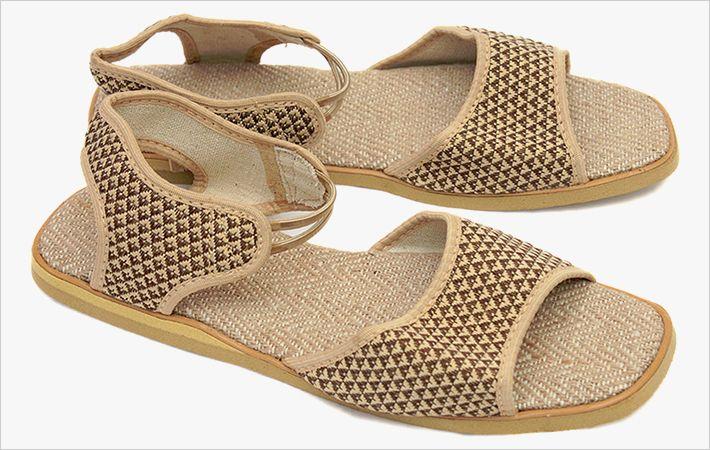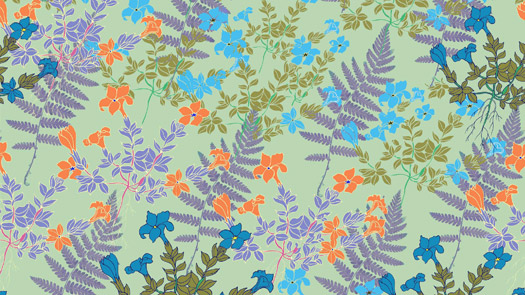Some Simple Insights Into Valuable Plans In [textile Testing]

Some Background Guidance On Fundamental Aspects For

The introduction of another species, a moth whose larvae feed on the Opuntia and eventually kill it, helped control the rampant plant. Indigo, another plant-based dye derived from the pealike Indigofera tinctoria, has been used since Ancient Egyptian times. By the 1820s, indigo – then a British East India Company monopoly crop – was significantly overproduced in India. Eventually prices became so low that the dye could be used as an insecticidal addition to whitewash; various Indian cities, especially Calcutta, Penang (which was ruled until 1867 directly from India) and Jodhpur, extensively used indigo-based lime wash in their buildings. Indigo was widely used for the same purpose elsewhere in tropical Asia; Hoi An, in central Vietnam, has striking examples. During the early 19th-century Regency period in Britain, blue was the fashionable colour – the craze a direct result of the low cost of indigo. During this time, indigo was also imported in large quantities into China from India, as well as Dutch-ruled Java. “Coolie’s cotton”, as the coarse hand-woven fabric worn by agricultural labourers was then termed, was usually dyed dark blue using imported indigo. By the 1920s and ’30s, Japanese-produced aniline dyes had become widely used across Asia. Fabric destined for the Chinese market woven in Japanese-owned mills in Shanghai used chemical colours manufactured in Japan.
For the original version including any supplementary images or video, visit https://www.scmp.com/magazines/post-magazine/article/2155014/when-hong-kong-streams-ran-red-green-and-yellow-dye-run
 Textile Testing textile testing & quality control-1
Textile Testing textile testing & quality control-1


No comments:
Post a Comment